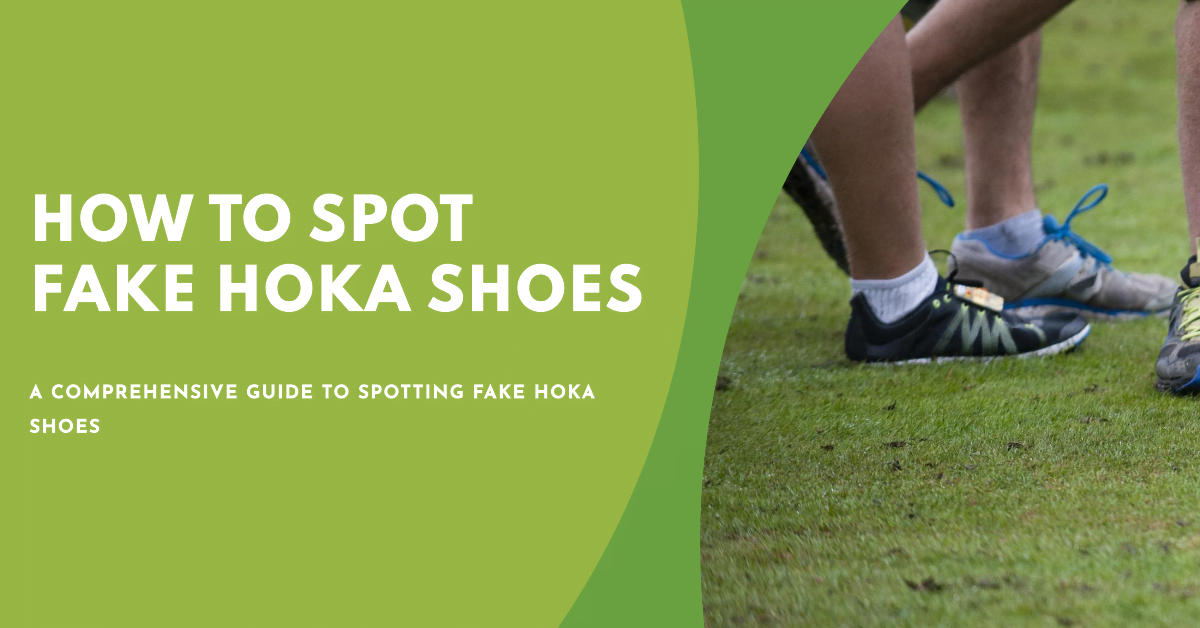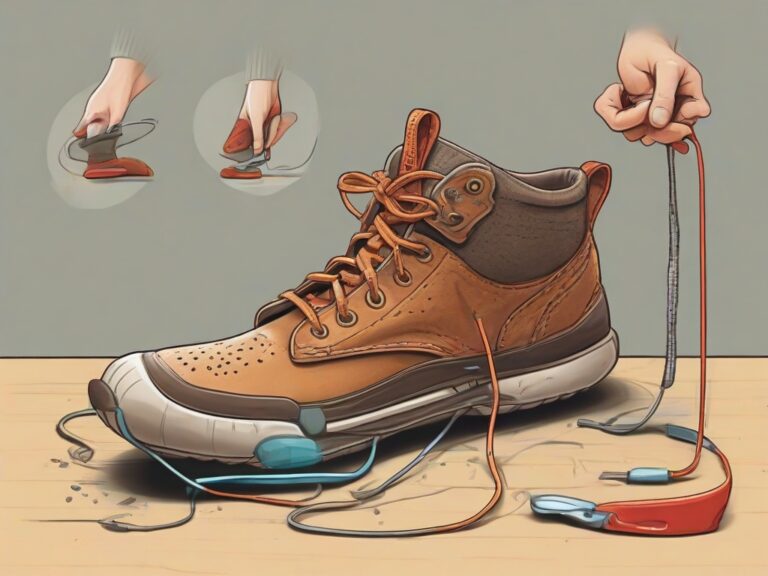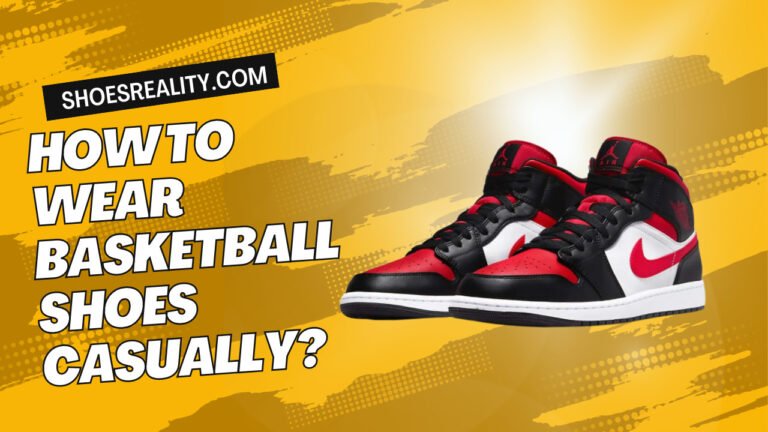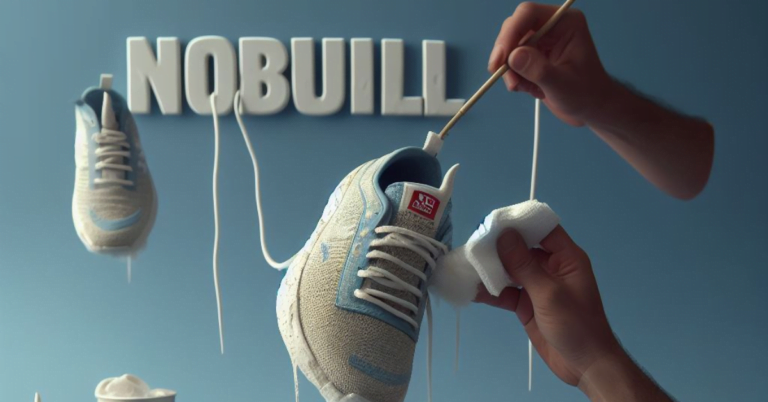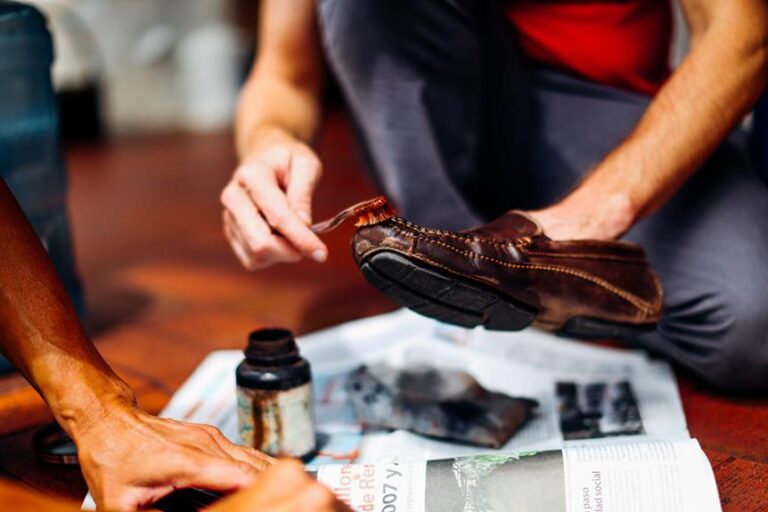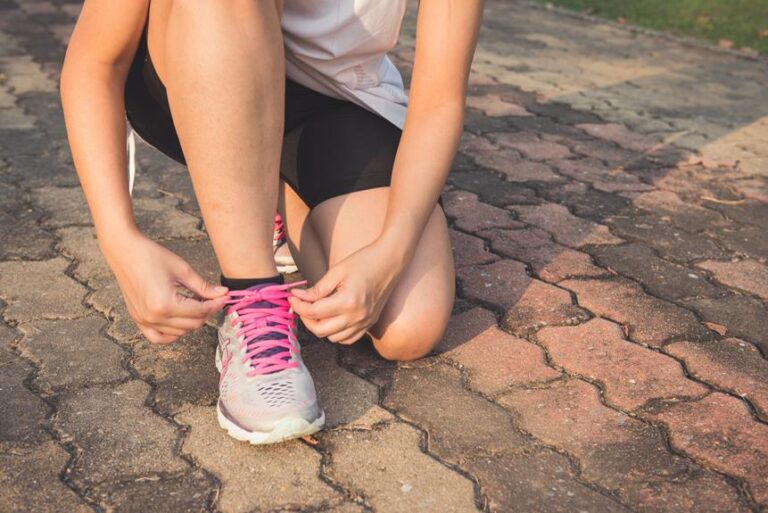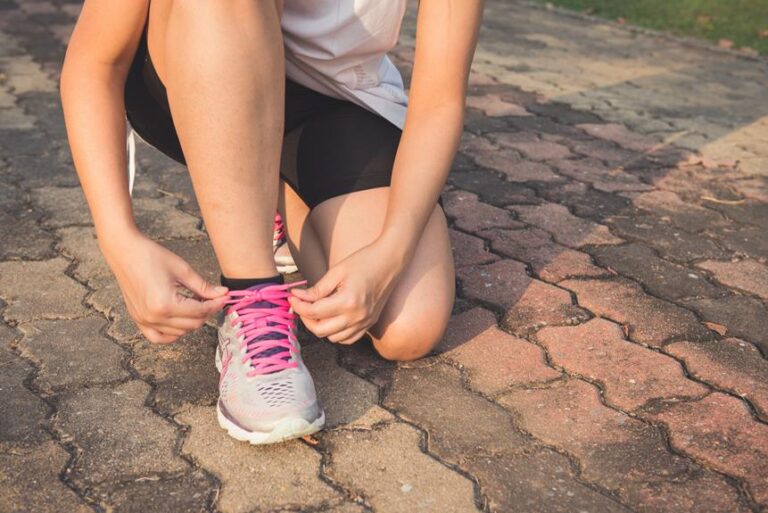How to Spot Fake Hoka Shoes: A Comprehensive Guide
How to Spot Fake Hoka Shoes A Comprehensive Guide Learn how to identify fake Hoka shoes with this detailed guide. Spotting fake shoes is essential to ensure you’re getting authentic and quality products. Read on to become a savvy shopper.
Hoka shoes have gained popularity for their comfort and performance, but unfortunately, counterfeit versions have also flooded the market. Spotting fake Hoka shoes is crucial to avoid wasting your hard-earned money on subpar imitations. In this guide, we’ll walk you through the key indicators that can help you differentiate between genuine Hoka shoes and knock-offs.
Identifying Fake Hoka Shoes: A Step-by-Step Guide

When it comes to purchasing athletic footwear, especially a premium brand like Hoka, it’s essential to be vigilant. Follow these steps to spot fake Hoka shoes:
Begin your journey by familiarizing yourself with the telltale signs of counterfeit Hoka shoes. As you delve deeper into the world of shoe authentication, you’ll gain the skills needed to discern real from fake Hoka footwear.
Understanding the Basics
To start, check the quality of the materials used. Authentic Hoka shoes are crafted with high-quality materials that ensure durability and performance. Transitioning from subpar materials is a common strategy used by counterfeiters, so stay cautious.
Examining the Logo and Branding
Authentic Hoka shoes feature a distinct logo and precise branding. These elements are often compromised in fake versions. Transitioning from genuine branding to subtle alterations is a tactic often employed by counterfeit manufacturers.
Analyzing the Insole and Outsole
The insole and outsole of genuine Hoka shoes are designed for comfort and stability. Counterfeit versions may lack these essential features, so be sure to transition from examining the cushioning and grip.
Checking the Stitching
Authentic Hoka shoes are known for their impeccable stitching. Transitioning from neat, even stitches to sloppy workmanship can indicate a counterfeit pair.
Sourcing from Reputable Retailers
To reduce the risk of purchasing fake Hoka shoes, always buy from authorized retailers. Transitioning from reputable sources ensures that you’re getting a genuine product.
Real vs Fake ON sneakers. How to spot counterfeit ON Switzerland
By diligently following these steps, you’ll be well-equipped to spot fake Hoka shoes and make informed purchasing decisions. Remember, transitioning from an uninformed shopper to a discerning one takes practice, but the effort is well worth it.
Conclusion
being able to identify counterfeit Hoka shoes is essential for ensuring you receive a genuine and high-quality product. By staying vigilant and following the key indicators discussed in this guide, you can significantly reduce the risk of falling victim to fake Hoka shoes. Remember to closely inspect the details of the shoes, such as the logo, stitching, materials, and overall craftsmanship. Additionally, purchasing from authorized retailers or the official Hoka website is a reliable way to guarantee the authenticity of your purchase. Developing a keen eye for discrepancies and utilizing these strategies will empower you to make informed decisions and enjoy the comfort, performance, and durability that genuine Hoka shoes provide.
FAQs
How can I tell if my Hoka shoes are fake?
Genuine Hoka shoes are made with high-quality materials and craftsmanship. Look for inconsistencies in stitching, logo placement, and overall build quality. Check the details against official product images on the Hoka website.
Are there specific features that counterfeit Hoka shoes often get wrong?
Counterfeiters may struggle with replicating the unique cushioning technology and sole design that Hoka shoes are known for. Pay close attention to the thickness and structure of the sole, as well as the comfort provided.
Can I rely on price as an indicator of authenticity?
While significantly lower prices can be a red flag, some counterfeiters price their fake products similarly to genuine ones. Always combine price considerations with other factors like retailer reputation, packaging, and shoe details.
Are there authorized retailers for Hoka shoes?
Yes, Hoka has an official website and authorized dealers. Purchasing from these sources reduces the risk of buying fake shoes. Be cautious when buying from online marketplaces or unofficial websites, especially if the deal seems too good to be true.
What should I look for in the Hoka logo to ensure authenticity?
Examine the logo closely for accurate font, size, and spacing. Genuine Hoka shoes usually have a well-defined logo that’s correctly aligned with the rest of the shoe’s design.
Should I be concerned about packaging when buying Hoka shoes?
Yes, packaging can provide valuable clues. Genuine Hoka shoes often come in quality packaging with proper branding and labeling. Poorly printed boxes or missing labels might indicate counterfeit products.
How important is it to buy directly from the official Hoka website?
Buying from the official Hoka website is one of the safest options, as it guarantees the authenticity of the product. However, if you’re purchasing from a physical store, ensure it’s an authorized retailer.
Are there online resources that can help me identify authentic Hoka shoes?
Hoka’s official website typically provides information about their shoe models, including images and specifications. Additionally, online forums and community discussions can help you learn from others’ experiences in identifying fake shoes.
What should I do if I suspect I’ve purchased fake Hoka shoes?
If you believe you’ve bought counterfeit shoes, try to return them if possible. If you bought from an authorized retailer, they might be able to assist you. If you’re certain they’re fake, you might want to report the seller to relevant authorities or platforms.
Is it worth the effort to spot fake Hoka shoes?
Absolutely. Authentic Hoka shoes provide the comfort, support, and performance they’re known for, while counterfeit shoes might lack these qualities. By ensuring you have genuine Hoka shoes, you’re getting the best value for your money and protecting your feet from potential discomfort or injury.

